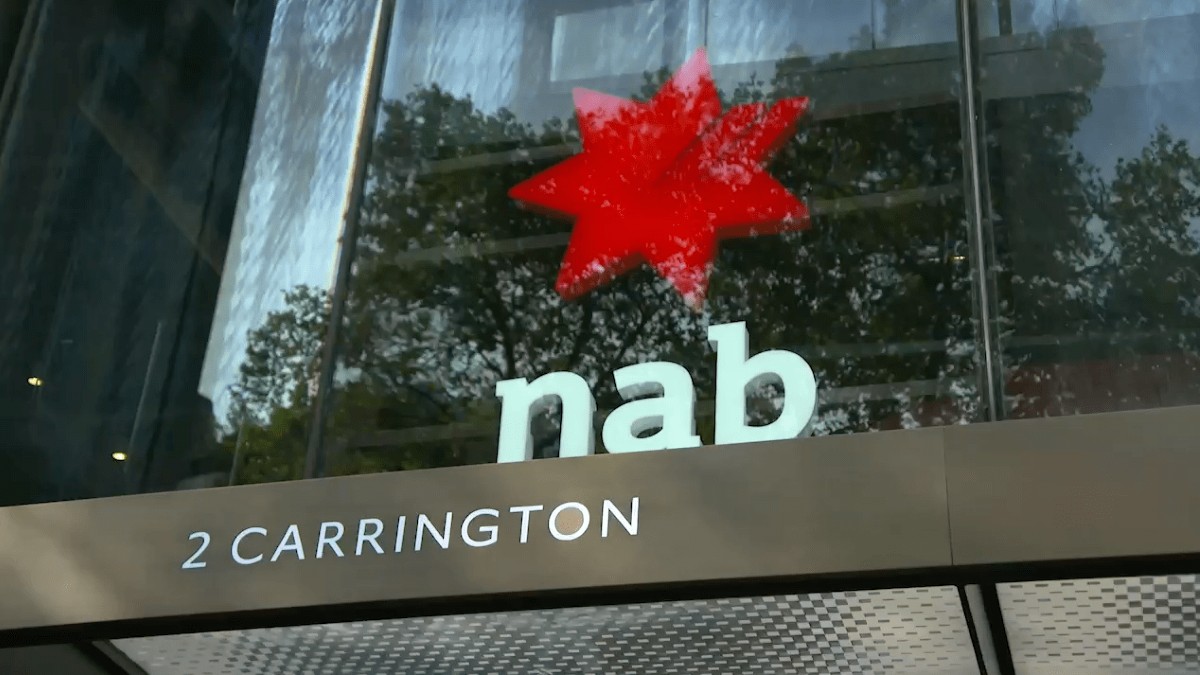Australian Bureau of Statistics (ABS) data has revealed total household wealth increased by 3.0% in the 2019 September quarter to a record high of $10,912.4 billion, following a 2.6% rise in the previous quarter.
The figures also found the average household wealth increased by $10,698 to a record high of $428,573 per person.
Through the year, household wealth has grown 4.3%, driven by population growth of 1.9% and household wealth per person increasing by 2.4%.
ABS Chief Economist Bruce Hockman said the positive result was thanks to shares in super funds and real estate holdings.
"Although growth in the share market moderated, it continued to build on gains seen earlier in the year, boosting the value of household shares held directly and through superannuation funds," Mr Hockman said.
"Residential real estate recorded its first real holding gain since December 2017."
Australians paying off debt
The September quarter saw the value of residential real estate owned by households grow faster than their mortgage debt.
This was indicated by the ratio of mortgage debt to residential real estate assets falling to 28.6% from 29.2% in the previous quarter.
The decline reflects the strongest increase in the value of residential land and dwellings (2.9%) since the December 2016 quarter, combined with the weakest growth in mortgage debt (1.1%) since September quarter 2013.
The results could be a seen as a result of record low interest rates thanks to three Reserve Bank cash rate cuts this year.
The ABS also evidenced a horror year in retail spending, with national saving exceeding national investment for the second consecutive quarter, as Australians funnel any extra money into paying off debts.
Household net saving increased from -$3.3 billion to +$10.7 billion in the September quarter.
The massive $13.9 billion increase was driven mainly by an increase in gross disposable income ($45.5 billion), which came as a result of increases in dividends received and a decrease in income tax payable.
"The boost to national saving from a record trade surplus this quarter has allowed Australia to fund investment internally," Mr Hockman said.
Unemployment marginally falls
The government and the RBA will sleep a little easier over Christmas as trend unemployment fell by 0.1% to 5.2% in November, with almost 40,000 jobs added.
Of these, monthly employment increased by 17,000 people, full-time employment increased by 8,000 people and part-time employment increased by 9,000 people.
The trend monthly underemployment rate and underutilisation remained steady at 8.4% and 13.6% respectively.
"In November 2019, the trend unemployment rate decreased slightly to 5.2 per cent, the same level it was six months ago," Mr Hockman said.
"Over the past six months, the trend unemployment rate, participation rate and employment to population ratio have all remained relatively stable."



 Denise Raward
Denise Raward

 Harry O'Sullivan
Harry O'Sullivan
 William Jolly
William Jolly


